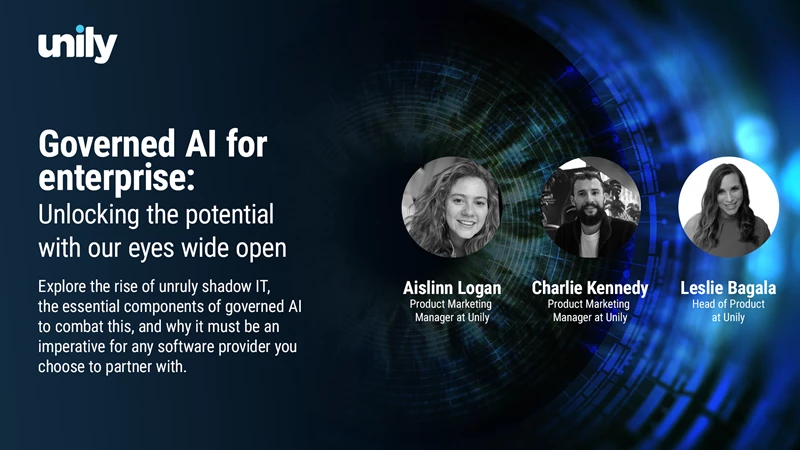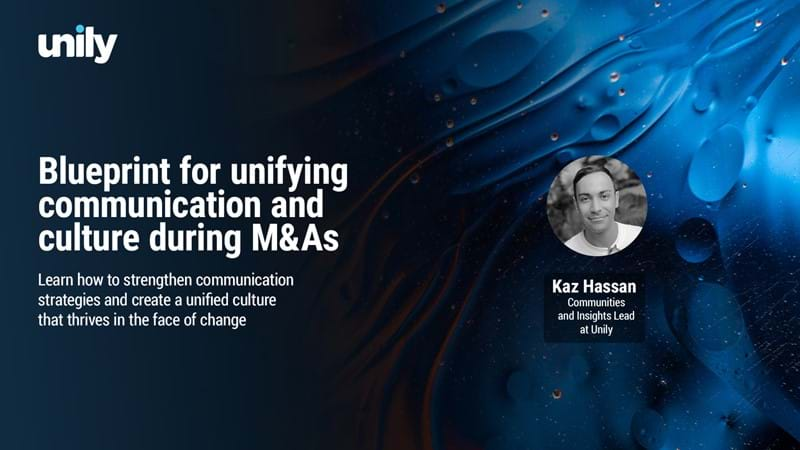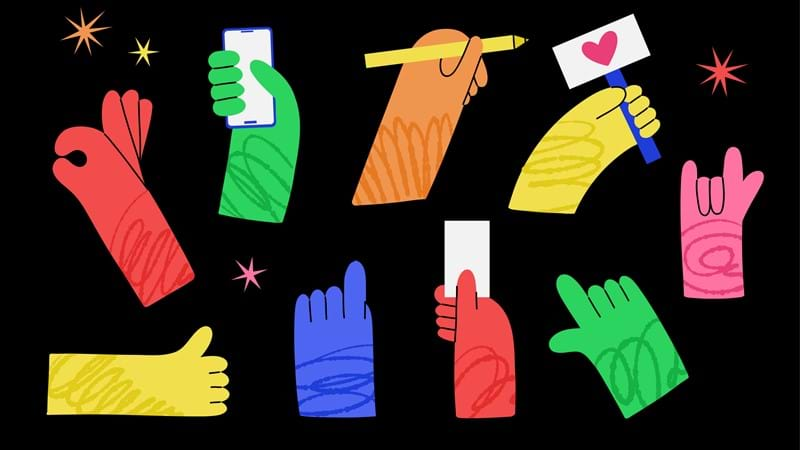6 HR employee experience trends making waves in 2021
Many HR leaders are asking themselves the same question: what does a compelling employee experience look like in 2021? After a year of unprecedented change, strategies need to be recalibrated for the new world of work. But what are the HR trends that will shape the future of employee experience?

Employee experience rises to the top of HR’s agenda
Your employees don’t have the same relationship with their employer as they did before the pandemic. The pendulum was already starting to swing from top-down leadership to a more balanced dynamic, and COVID-19 has pushed it farther and faster. Mutual respect, inclusivity, flexibility, and a shared sense of purpose are now crucial components of a compelling workplace.
As expectations evolve, HR will lead the way in aligning organizational culture, strategy, and focus. While cultivating a positive environment has always been a focal point, employee experience has now risen to the top of HR’s agenda. 64% of leaders are prioritizing employee experience more highly now than they did before COVID-19.
Using digitalization to transform the employee experience
Prioritizing employee experience may sound obvious, but the steps towards improving it are likely less clear. With employees dispersed and plans for a return to work still on the horizon, some may be wondering what it takes to cultivate an engaging experience in the hybrid workplace. Many leaders are looking to digitalization to enhance employee experience, with 74% planning to increase their spending on HR technology.
Employee experience platforms (EXP's) have emerged as a crucial tool designed to address a broader array of communications and engagement challenges. As an evolution of the intranet, your EXP has all the tools, features, and systems needed to tackle the entire employee experience - from onboarding to reskilling to centralizing benefits information.
6 trends every HR leader should have on their radar
After a year of change, how can you ensure your enterprise is ready for the new world of work? HR teams will play a leading role in every component of your organizations’ next chapter, from launching DE&I initiatives to choreographing a safe return to work. There are several HR priorities to keep top of mind, including:
#1. A holistic view of employee experience
The move from headquarters to the home office has changed employee experience. As workers began juggling childcare and conference calls and joining meetings from their kitchen tables, the divide between personal and professional quickly faded.
Instead of focusing on creating the ideal environment for everyone’s 9-to-5, leaders are now striving to support employees in their whole lives. A more holistic view of the employee experience is linked with significant benefits, including a 21% rise in the number of high performers, as compared to organizations that don’t offer the same degree of guidance.
But what does it actually take to support the life experience of your employees? HR leaders are now prioritizing building deeper connections with their people. Often, this starts by asking employees what they need to feel supported, not only at work but in their personal lives. Your EXP can serve as the ideal medium for launching these discussions via pulse surveys and feedback forms, which will in turn shed light on what you need to do to cultivate an employee experience that fully supports your workforce.

#2. The next wave of workplace flexibility
2020 was a big year for the flexible workplace. With the rise of remote work came a decline in presenteeism. Employers learned first-hand that they didn’t need to see their teams in order to know they were working.
While some enterprises are becoming location agnostic, there is a new wave of flexibility on the horizon. Instead of placing an expectation about when employees should start and end work, forward-thinking HR teams will put this decision into their employees’ hands. When organizations shift from a standard schedule to one of radical flexibility, the number of high performers increases by nearly 20%.
In the flexible workplace, consistent and timely communications are particularly crucial. Although your employees might not be working the same hours, everyone needs to be updated about major changes, such as new benefits or office reopenings. Your EXP gets the word out quickly, thanks to comms tools like mandatory content reads and mobile push notifications, which reach employees anytime and anywhere.

#3. Social issues come to the forefront
What does it take to lure top talent in 2021? Creating a shared sense of purpose is a top priority, especially because three-quarters of employees expect their employer to take a stance on current societal or cultural issues. Potential new hires are increasingly looking for organizations with cultural values that align with their own.
When it comes to taking a stance, actions really do speak louder than words. In addition to issuing statements, your employees need channels to contribute to organization-wide dialogues and opportunities to get involved in the causes they care about. Your EXP serves as the digital home for these initiatives by centralizing content that tells employees exactly what you’re doing to drive lasting change.
#4. New solutions to skill gaps emerge
Skill gaps are a persistent problem for HR. 68% of HR leaders say building critical skills and competencies is their top priority for 2021, for the third consecutive year.
There are several different strategies HR teams are taking to fill existing skill gaps. Some companies are increasing their hiring and are willing to pay a premium for emerging skillsets. Other organizations are looking to contract hiring or expanding their partnerships to access the competencies their workforce is lacking.
Whether you choose to hire in-house or build a network of freelancers, every employee needs a unified digital experience. You can launch a reskilling hub within your EXP to encourage employees to broaden their expertise, while ensuring contract workers have access to the same resources and communications channels via an extranet or portal.
#5. Earning trust becomes crucial
Many workplaces have a trust issue. Less than 50% of employees trust their organization with their data and only 44% of workers trust their organization’s leaders to manage a crisis well.
One major obstacle in building trust is the rise in technology that passively tracks and monitors employees. Remote work triggered a boom in tracking software designed to help leaders evaluate productivity. However, introducing these tools can feel like an invasion of privacy and contribute to a sense of resentment amongst employees.
Instead of turning to tracking technology to improve employee performance, aim to create an environment that inspires top-tier work. Build the foundation for trusting employee-employer relationships by emphasizing two-way messaging and transparency in your HR comms and providing channels for every employee to share their feedback.
#6. Mental health discussions go mainstream
Conversations about mental health are coming to the forefront. In the wake of COVID-19, many enterprises have debuted new resources to support employee well-being. In fact, 68% of organizations have introduced at least one additional wellness benefit to aid employees during the pandemic.
This emphasis on wellbeing will not end once the pandemic is behind us. Instead, employers will go even further by launching new initiatives designed to support mental health. From opening up discussions about workplace stress to shutting down the company for a collective mental health day, leaders will introduce tactics to decrease burnout and make sure employees are feeling their best.
If you’re looking for a launchpad for wellbeing initiatives, consider creating a mental health hub on your EXP. This resource can include FAQs, video content, and explainer articles, as well as outlets for additional support.

Are you ready to take your HR strategy to the next level?
As leaders look ahead to their next chapter, it will be HR who owns the return to work journey and builds the foundation for a future-proof employee experience. If you’re looking to enhance engagement with next-generation technology, see how an employee experience platform can level up your HR strategy.
Get started. Get your personalized demo.
Reinvent your intranet for the employee experience era.




















